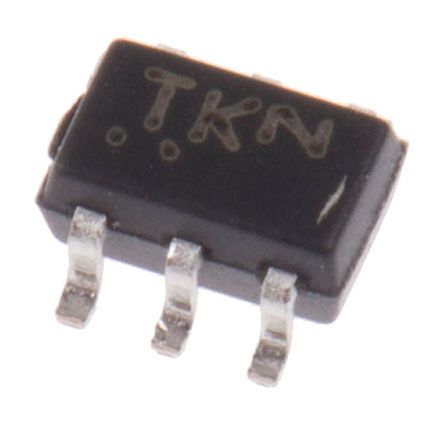

The procedure comprises two methods for extracting the emitter One transistor test structure with two separate base contacts, making itĪ simple and attractive tool for bipolar transistor characterization. The parametersĪre extracted from a single measurement in the forward active region on

Resistances of bipolar junction transistors is presented.
Transistor base emitter collector widths series#
An accurate extraction procedure of the model parameters is also presented.Ī new procedure for extracting the emitter and base series The model proposed for RBTot(IB) is very suitable for compact transistor modeling since it is given in a closed form expression handling both current crowding and conductivity modulation in the base. This was verified by measurements and simulations using a distributed transistor model which accounts for the lateral distribution of the base current and the stored base charge. Theoretically, α is equal to 0.5 when conductivity modulation is dominant and close to 1.0 when current crowding is the most significant effect. A new model for RBTot(IB) is presented where a parameter α is introduced to account for the contributions of current crowding and conductivity modulation in the base. In this paper, it is shown that the reduction of RBTot(IB) with increasing IB is directly related to the physical effect dominating in the base. The significant physical effects determining RBTot are current crowding and conductivity modulation in the base, both causing reduction of RBTot with increasing base current IB. The total base resistance RBTot constitutes a crucial parameter in modeling bipolar transistors. This paper and its results provide insight into each method's accuracy, its application limits with respect to a technology, device size, and operating range as well as its requirements in terms of equipment and extraction effort. In both cases, a large variety of device sizes have been investigated. The methods are then also applied to experimental data. The accuracy of the methods is evaluated by applying them to a sophisticated physics-based compact model, allowing to clearly detect and explain the causes for the observed inaccuracies or failures. In this paper, the most widely used methods are reviewed and applied to SiGe HBTs of different technologies and generations including different device types, i.e. Although many methods have been proposed for its experimental determination, their results vary significantly.



 0 kommentar(er)
0 kommentar(er)
